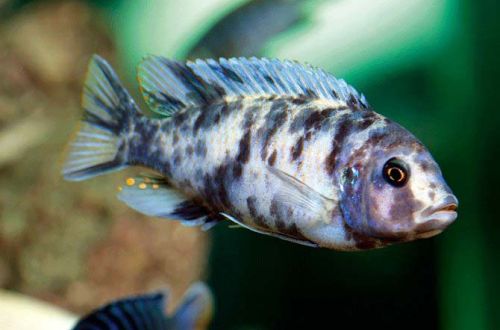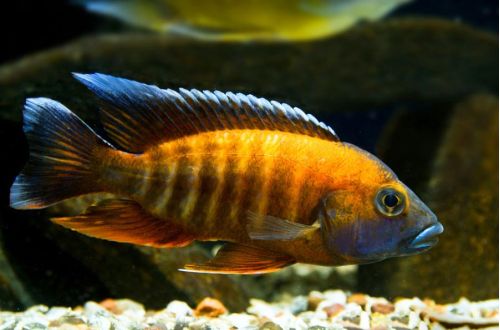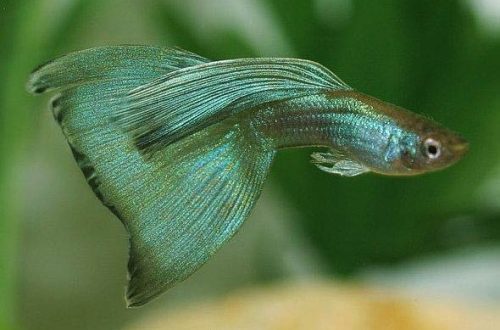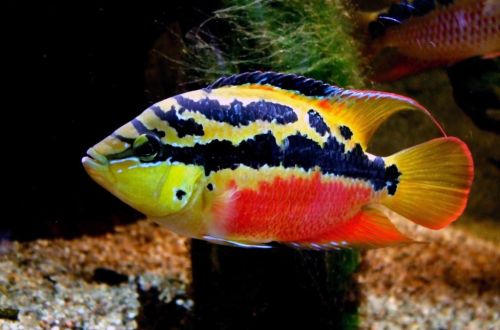
Cyclasoma Salvina
Cichlazoma Salvini, scientific name Trichromis salvini, belongs to the Cichlidae family. Previously, before the reclassification, it was called Cichlasoma salvini. It has not a simple character and complex intraspecific relationships, it is aggressive towards other types of fish. Apart from behavior, otherwise it is easy to keep and breed. Not recommended for beginner aquarists.

Contents
Habitat
It comes from Central America from the territory of southern Mexico and bordering Guatemala and Belize. It lives in numerous, but small rivers and their tributaries. It occurs in the middle and lower reaches with a moderate or strong flow of water.
Brief information:
- The volume of the aquarium – from 100 liters.
- Temperature – 22-26°C
- Value pH — 6.5–8.0
- Water hardness – medium hardness (8-15 dGH)
- Substrate type – sandy
- Lighting – subdued or moderate
- Brackish water – no
- Water movement – moderate
- The size of the fish is 11–15 cm.
- Nutrition – any with herbal supplements in the composition
- Temperament – quarrelsome, aggressive
- Keeping singly or in pairs male female
Description
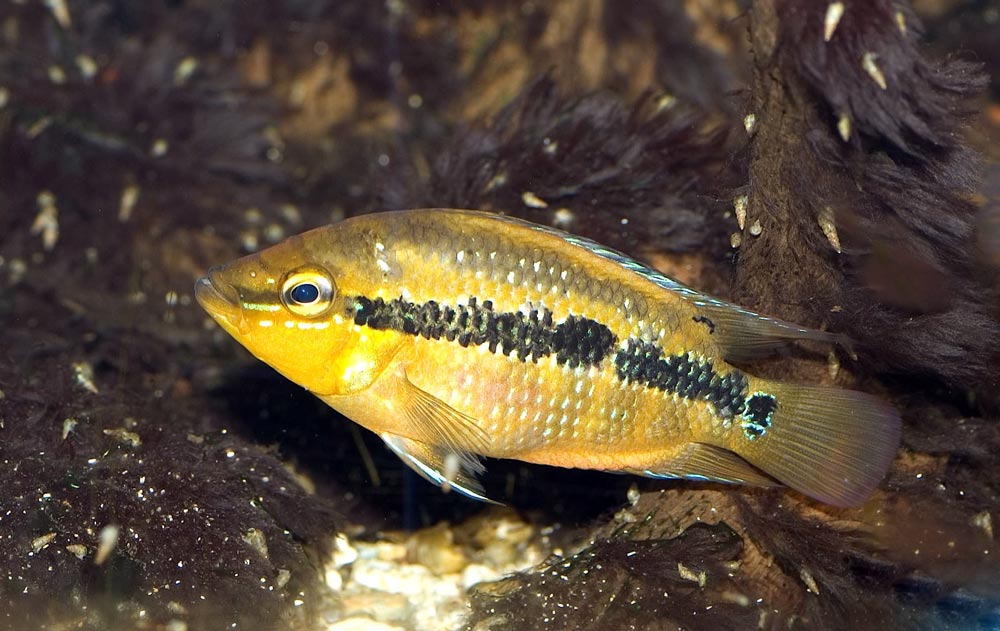
Adult males reach a length of up to 15 cm. They have a bright color combination of red and yellow. On the head and upper half of the body there is a pattern of black spots and strokes. The anal and dorsal fins are elongated and pointed. Females are smaller (up to 11 cm) and look less colorful. The body has a yellow color and a black stripe along the lateral line.
Food
Refers to carnivorous fish. In nature, it feeds on aquatic invertebrates and small fish. However, the aquarium will accept all popular types of food. However, the diet must be diluted with live or frozen foods, such as bloodworms or brine shrimp.
Maintenance and care, arrangement of the aquarium
The optimal size of an aquarium for one or a pair of fish starts from 100 liters. In the design, it is necessary to provide for several secret places where Tsikhlazoma Salvini can hide. The typical substrate is sandy. The presence of aquatic plants is welcome, but their number must be limited and prevented from overgrowing. The fish needs free spaces for swimming.
Successful keeping depends on several factors, the most important of which are: maintaining stable water conditions with suitable pH and dGH values, regular maintenance of the aquarium (cleaning it) and weekly replacement of part of the water (20-25% of the volume) with fresh water.
Behavior and Compatibility
Aggressive territorial fish. First of all, this applies to males during the spawning period. The content is single or in a formed pair / group. It is worth noting that only fish that grew up together can live together. If you add adults with Tsikhlaz Salvinii from different aquariums, the result will be sad. The weakest individual will probably die.
Limited compatibility with other species from Central America. For example, with the Jack Dempsey cichlid, with a large tank and reliable places to hide.
Breeding / breeding
The main problem with breeding is finding a suitable pair. As mentioned above, it is not enough to place a male and a female together and wait for the offspring to appear. The fish should grow up together. Experienced aquarists acquire a group of at least 6 juveniles or a flock of fry and eventually get at least one formed pair.
With the onset of the mating season, the fish choose several areas at the bottom, where they later lay eggs. Up to 500 eggs in total. The male and female guard the clutch and the fry that have appeared for about a month. It is at this time that the fish become overly aggressive.
Fish diseases
The main cause of most diseases is unsuitable living conditions and poor-quality food. If the first symptoms are detected, you should check the water parameters and the presence of high concentrations of hazardous substances (ammonia, nitrites, nitrates, etc.), if necessary, bring the indicators back to normal and only then proceed with treatment. Read more about symptoms and treatments in the Aquarium Fish Diseases section.



